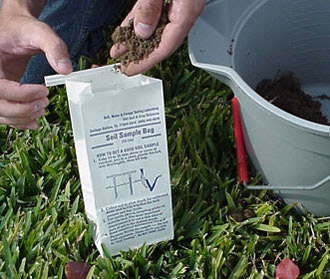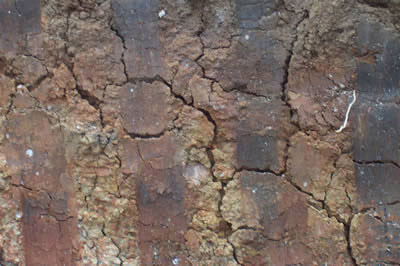 In our last post, we dove into the crazy world of reactive soil sites. Missed it? Here’s a brief recap of the fun facts that we covered:
In our last post, we dove into the crazy world of reactive soil sites. Missed it? Here’s a brief recap of the fun facts that we covered:
- Reactive does not refer to contamination in any way. It refers to the way that the soil will react when it comes into contact with different levels of moisture.
- If the soil is clay based, it will have some degree of reactivity. The more that your soil will shift or move based on levels of moisture, levels just how reactive it is.
- There is a governing body, or rating that measures reactive levels. It’s called the Australian Standard AS 2870/2011.
Today we talk more comprehensively about the different levels of reactivity and how to handle them. Here’s a handy list of the different ratings that the Australian Standard AS 2870/2011 encompasses:
Site classifications and movement based on soil reactivity
| Class A (0-10mm) | Stable, non-reactive. Most sand and rock sites. Little or no ground movement likely as a result of moisture changes. |
| Class S (10-20mm) | Slightly reactive clay sites. May experience slight ground movement as a result of moisture changes. |
| Class M / M-D (20-40mm) | Moderately reactive clay or silt sites. May experience moderate ground movement as a result of soil conditions and moisture changes. |
| Class H1 / H1-D (40-60mm) | Highly reactive clay sites. May experience a high amount of ground movement as a result of soil conditions and moisture changes. |
| Class H2 / H2-D (60-75mm) | Highly reactive clay sites. May experience very high ground movement as a result of soil conditions and moisture changes. |
| Class E / E-D (75mm+) | Extremely reactive sites. May experience extreme amounts of ground movement as a result of soil conditions and moisture changes. |
| Class P (this is approximately 70% of building sites in Australia) | Problem sites. The ability of the soil to evenly bear a load is very poor. Sites may be classified as 'Class P' as a result of mine subsidence, landslip, collapse activity or coastal erosion (e.g. dunes), soft soils with a lack of suitable bearing, cut and/or filled sites, or creep areas. Ground movement as a result of moisture changes may be very severe, and these sites are typically subject to abnormal moisture conditions resulting from things like trees, dams and poor site drainage. If you are building on a Class P site you will need to consult a structural engineer. |
| The 'D' inclusion (i.e M-D, H1-D, H2-D or E-D) | The 'D' in these classifications refers to 'deep' movements in soil due to deep variances in moisture. These classifications are mostly found in dry areas (e.g. north of the Great Dividing range, in places like Stawell, Horsham, Mildura, Bendigo, Shepparton and Wangaratta). |
As mentioned in our last post, there’s never any reason to fear. Restumping Melbourne has dealt with every subfloor and soil issue under the sun, our team is equipped with the know-how on how to help.
Let’s talk first about the Class A and Class S sites. You’ll note that they range from 0-20mm of movement, pretty stable as far as the chart goes. For these situations, the Restumping Melbourne team leverages reinforced slabs with concrete beam footings. No additional work or maintenance is needed here, especially since you can always depend on the highest grade materials from our team.
On the other end of the spectrum we have sites with much more reactive soil. This includes Class H1, Class H2, Class E and Class P. It’s very important here to make sure you have a geotechnical engineer oversee a soil sampling test. The foundation of your home is extremely important and should be treated as such. With more reactive sites, our team will recommend concrete piers or screw piers beneath the footing beams on the slab. This provides maximum support and stability. This also digs much deeper into the soil where the moisture is more minimal and not nearly as much of a catalyst for issues.
Regardless of whether your soil measures in the Class A region or the D inclusion region, the Restumping Melbourne team will be on hand to make sure that reinforcing the foundation of your home or business goes as smoothly as possible.
Questions? Give us a shout. We’d love to help.

 You’re probably wondering what makes the soil underneath your foundation less or more safe. If you’re dealing with reactive soils, which we are in this post, then they’re less safe. Let’s dig into what
You’re probably wondering what makes the soil underneath your foundation less or more safe. If you’re dealing with reactive soils, which we are in this post, then they’re less safe. Let’s dig into what